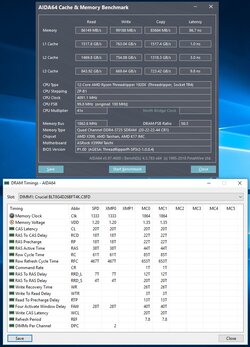First of all I would like to thank you for trying to help me to solve the issue in Device Manager HIGH DEFINITION AUDIO BUS code 10.
After searching and trying different ways to fix the problem, I stumble with a way to make CODE 10 for High Definition Audio Bus, go away for good, and in appreciation I would like to share my findings and solution in behalf of those who may have the same issue specially with ASUS PRIME X370- PRO motherboard.
It happens to be that: Graphics driver software for RADEON graphics cards and here is what is all about:
" after i have disabled Enable Ulps, the High Definition Audio Controller Code 10 error in the device manager was gone (because stupid windows 10 could "see" again the gpu sound device again, the device (fury x gpu's) wasn't anymore in energy saving sleep state) and the start menu and taskbar freezes too".
" Anyone that has troubleshooted problems with AMD/ATI graphics card crossfire configurations will probably know about Ultra Low Power State (ULPS). ULPS is a sleep state that lowers the frequencies and voltages of non-primary cards in an attempt to save power. This holds true for single card users as well. The downside of ULPS is that is can cause performance loss and some crossfire instability. This also holds true for laptops with or without crossfire and can increase performance, but will use more battery power.
You can disable this feature manually by entering regedit , select EDIT at the top of the page , enter ULPS in the 'find what' box , then click 'find next' to search for all instances of 'Enable ULPS' (there will be several with crossfire). Each time a instance is found , change the default value of "1" to a "0" then at EDIT again choose 'find next' until there are no more."
So I follow instructions and disabled ULPS for both of my RADEON graphics cards and the problem is gone. Here you can find more detailed information in how to solve the issue:
https://community.amd.com/thread/224008
I hope that this information is helpful to any other PC user with ASUS PRIME X370-PRO motherboard
